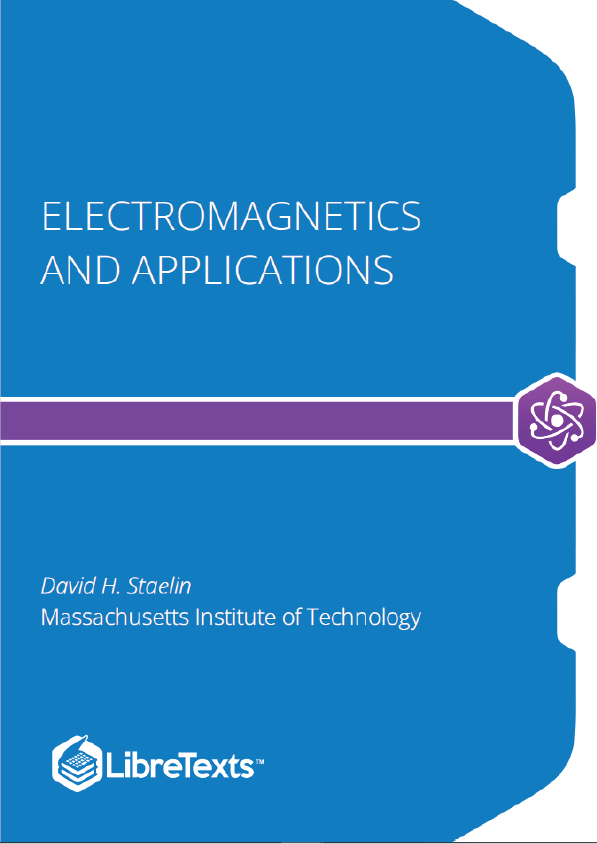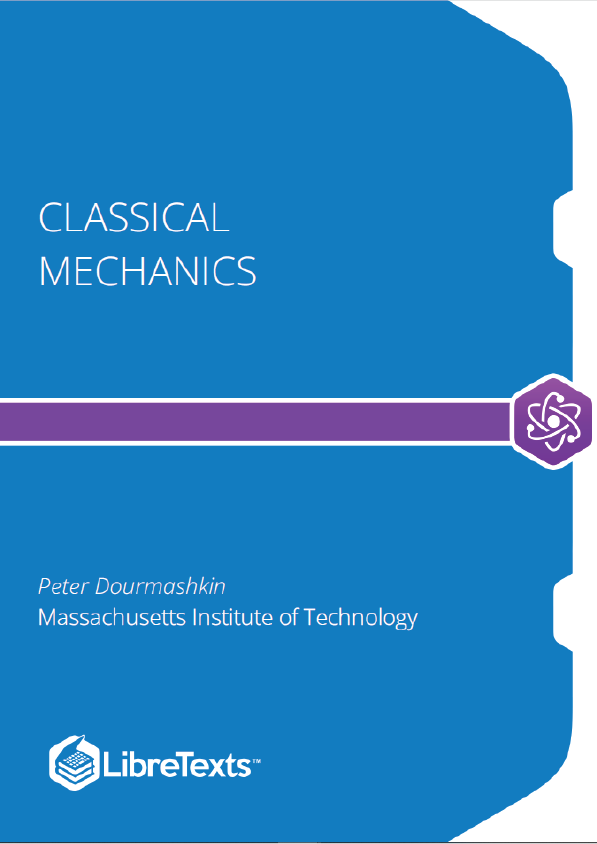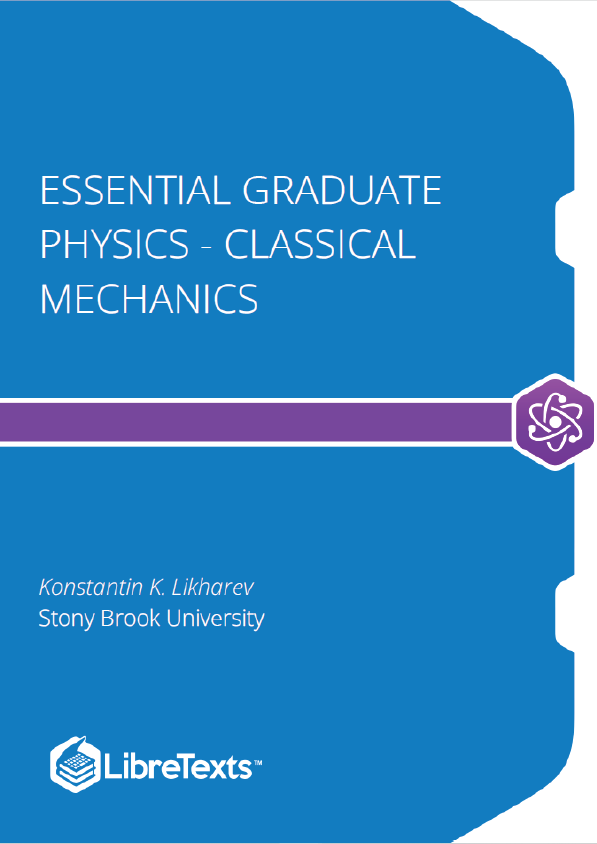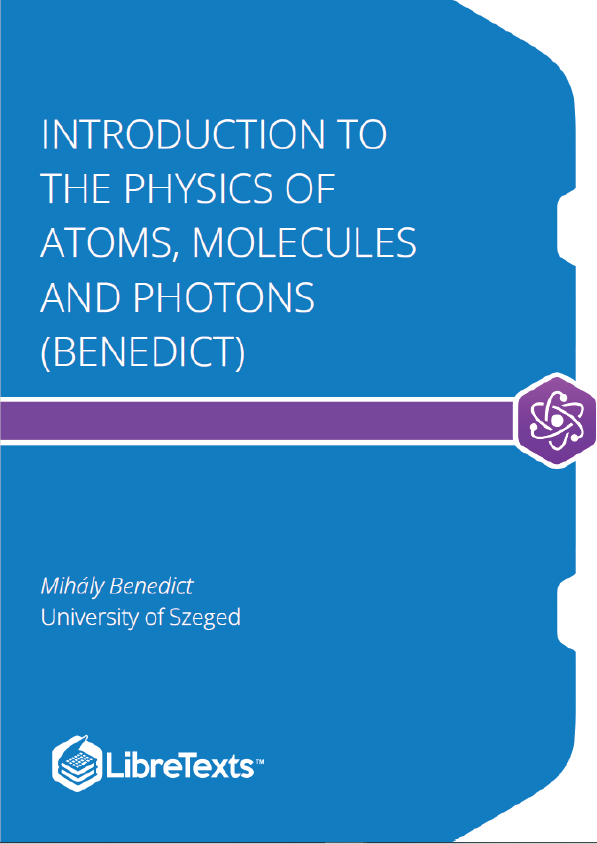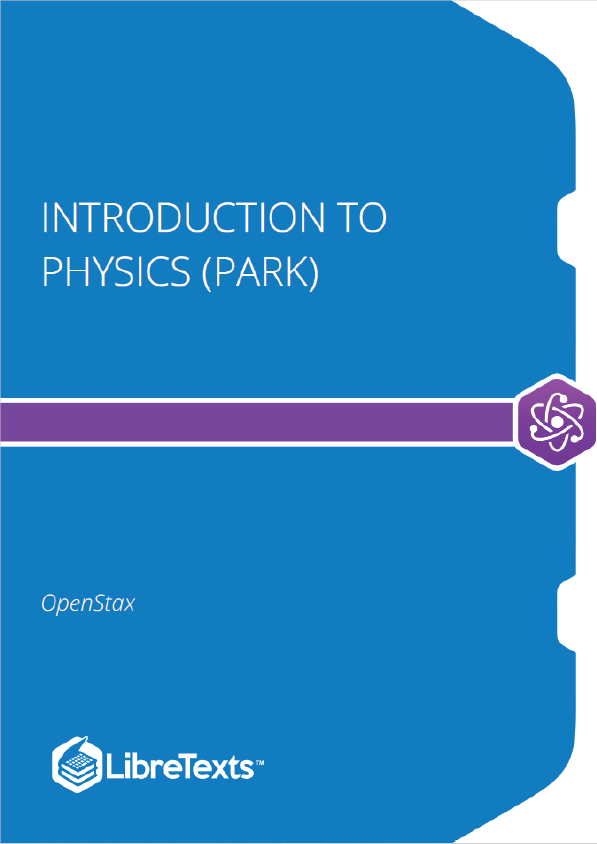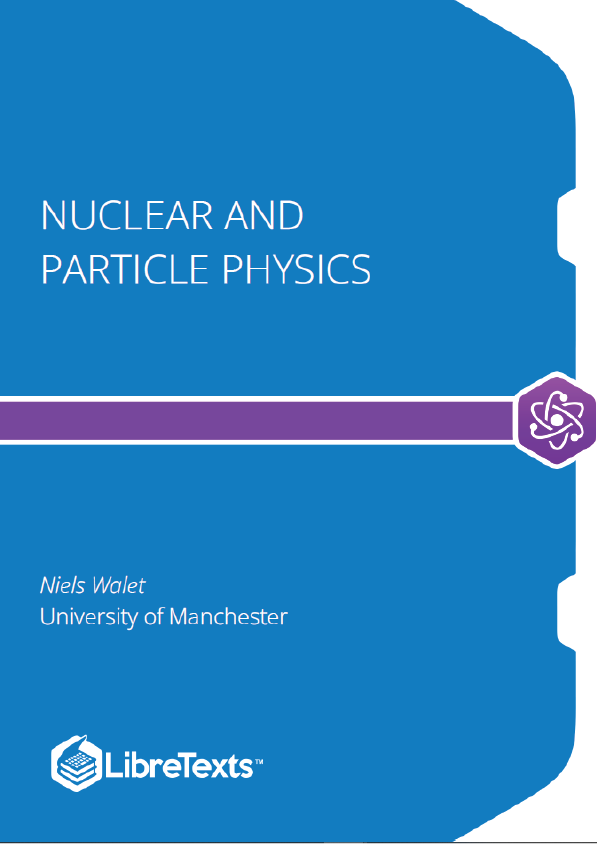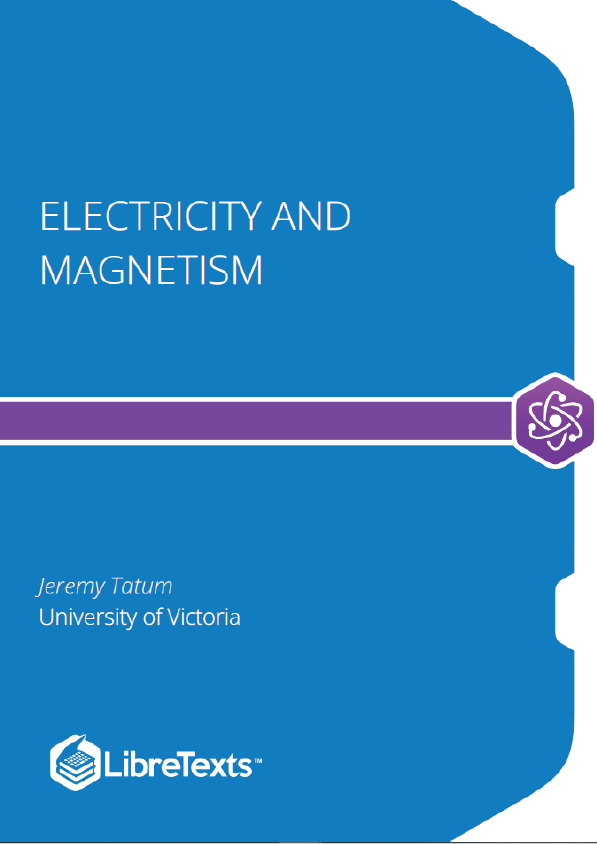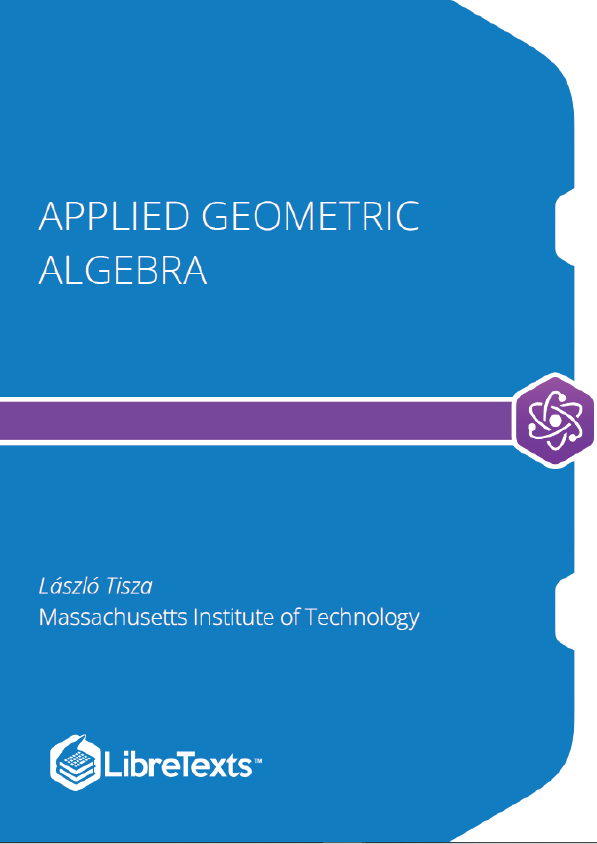This text explores electromagnetic phenomena in modern applications, including wireless and optical communications, circuits, computer interconnects and peripherals, microwave communications and radar, antennas, sensors, micro-electromechanical systems, and power generation and transmission. Fundamentals include quasistatic and dynamic solutions to Maxwell’s equations; waves, radiation, and diffraction; coupling to media and structures; guided waves; resonance; acoustic analogs; and forces, power, and energy.
Introduction
Electromagnetics involves the macroscopic behavior of electric charges in vacuum and matter. This behavior can be accurately characterized by the Lorentz force law and Maxwell’s equations, which were derived from experiments showing how forces on charges depend on the relative locations and motions of other charges nearby. Additional relevant laws of physics include Newton’s law, photon quantization, and the conservation relations for charge, energy, power, and momentum. Electromagnetic phenomena underlie most of the “electrical” in “electrical engineering” and are basic to a sound understanding of that discipline.
Electrical engineering has delivered four “miracles” — sets of phenomena that could each be considered true magic prior to their development. The first of these to impress humanity was the electrical phenomenon of lightning, often believed to be a tool of heaven, and the less powerful magnetic force that caused lodestones to point north. The explanation and application of these invisible forces during the eighteenth and nineteenth centuries vaulted electrical engineering to the forefront of commercial interest as motors, generators, electric lights, batteries, heaters, telephones, record players, and many other devices emerged.
The second set of miracles delivered the ability to communicate instantly without wires around the world, not only dots and dashes, but also voice, images, and data. Such capabilities had been commonplace in fairy tales, but were beyond human reach until Hertz demonstrated radiowave transmission in 1888, 15 years after Maxwell’s predictions. Marconi extended the technique to intercontinental distances.
Third came electronics and photonics — the ability to electrically manipulate individual electrons and atoms in vacuum and in matter so as to generate, amplify, manipulate, and detect electromagnetic signals. During the twentieth century vacuum tubes, diodes, transistors, integrated circuits, lasers, and superconductors all vastly extended the capabilities and applications of electromagnetics.
The fourth set of electrical phenomena involves cybernetics and informatics — the manipulation of electrical signals so complex that entirely new classes of functionality are obtained, such as optimum signal processing, computers, robotics, and artificial intelligence. This text focuses on the electromagnetic nature of the first three sets of phenomena and explores many of their most important applications.
